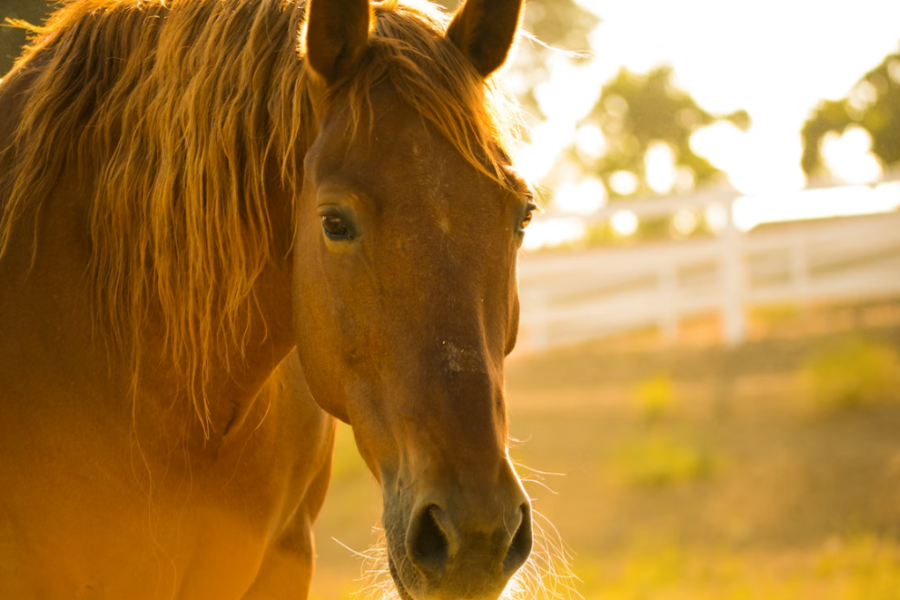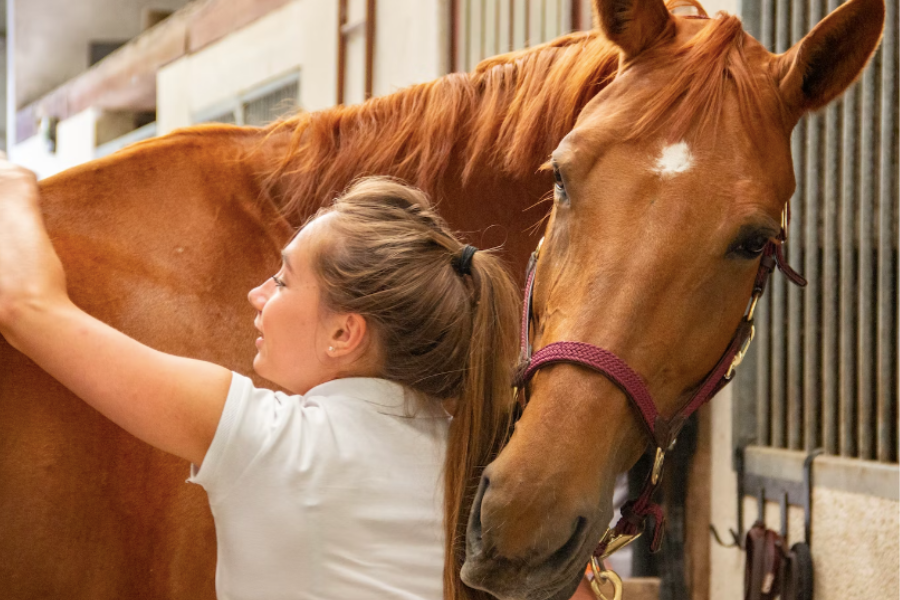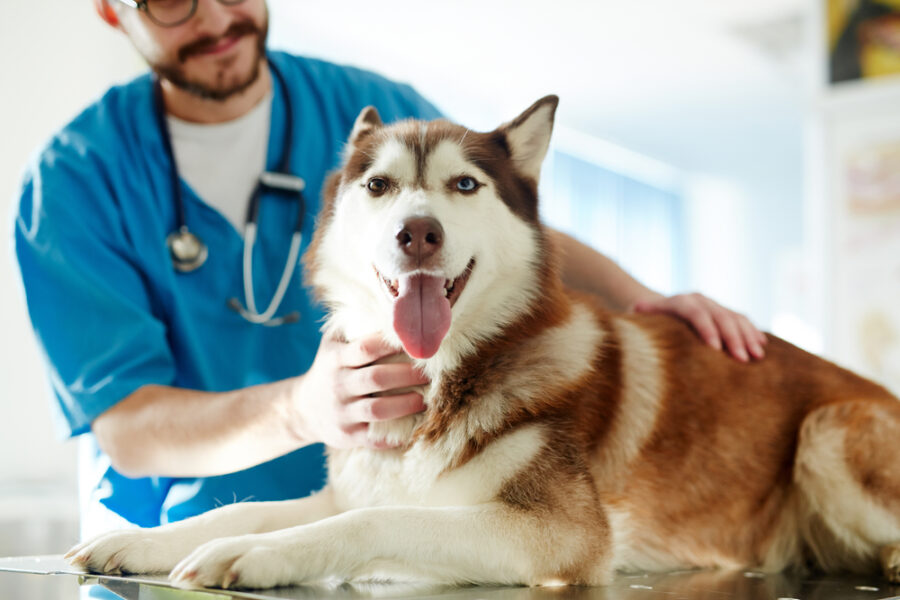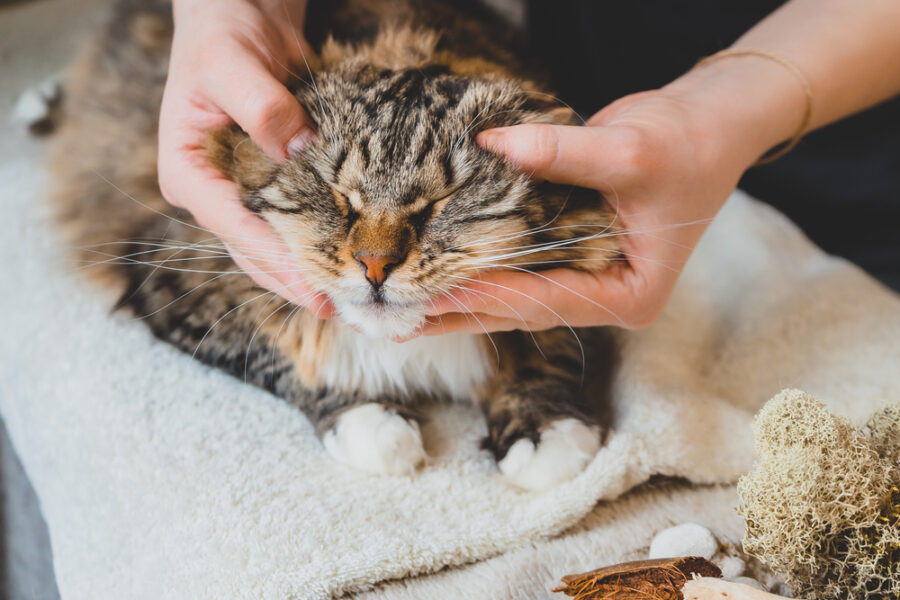Knowing the facts about Salmonella and how it can affect your horse is key to control, prevention and treatment.
When most people think about Salmonella, images of raw eggs, pet reptiles, and supermarket recalls come to mind. But horse caretakers know this bacterium can cause serious — and sometimes life-threatening — disease in their horses as well. It’s important that caretakers know the latest information about the disease and what they can do to protect their horses and themselves from infection.
BASIC BIOLOGY
Salmonella are bacteria that have worldwide distribution and can be isolated from the intestinal tracts of many species of animals and humans. Although the bacteria prefer to live in the intestinal tract, Salmonella can persist in the environment, surviving weeks to years, but are susceptible to drying, UV light, freezing temperatures, and common disinfectants. They can survive adverse conditions if they are somewhat protected — for example in a crack or crevice, under a mat, in a fecal ball, etc.
Salmonella infects new individuals when they ingest the bacteria. The organism is common, and many infected animals (and people) show no clinical signs (subclinical infection). Evidence suggests that Salmonella is more likely to cause disease in horses exposed to high numbers of bacteria; or those that have strained or immature immune systems, such as foals or horses suffering from other illnesses.
The most common signs of Salmonella infection (salmonellosis) in horses include:
- Diarrhea
- Lethargy and poor appetite
- Fever
- Colic
Even in horses with no clinical signs, Salmonella can be shed through feces into the environment, providing a source of infection for other horses as well as for other animals and people. In addition, horses that have subclinical infections can develop clinical disease if they are stressed.
 DIAGNOSIS CAN BE TRICKY
DIAGNOSIS CAN BE TRICKY
It might seem obvious that finding Salmonella in the stool of a sick horse would be a slam-dunk when it comes to diagnosis, but it’s not quite that simple.
Salmonella in a horse’s stool doesn’t mean it is the cause of disease, nor is it an indication for treatment if a horse is healthy (more on this later). Diagnosis requires careful consideration of clinical signs, history and additional test results. Sometimes it can be
challenging to identify Salmonella even when it is clinically important, and repeated testing might be necessary to pin down the diagnosis.
TREATMENT — ONE SIZE DOESN’T FIT ALL
Treatment in clinically ill horses always includes supportive care measures such as IV fluids and electrolyte replacement, and gastrointestinal protectants.
It might seem counterintuitive at first, but not all horses need antibiotic therapy as part of their treatment protocol.
Antibiotics are indicated in cases where the chance of Salmonella entering the bloodstream are high, such as in horses with compromised immune systems. In horses that aren’t severely ill, or that have Salmonella noted in their feces but are not showing any clinical signs, there is no evidence that giving antibiotics improve long-term outcomes. Giving antibiotics to these horses can also contribute to the growing problem of antibiotic resistance.
New thoughts on managing Salmonella infections in horses
The good news coming from recent research is that we’re learning better ways to manage Salmonella infections, as well as practical, inexpensive measures caretakers can take on the farm.
Since infection is associated with stress, caretakers can implement practices that reduce stress in their horses. This includes routine veterinary care, since other illnesses can contribute to stress and infection.
Horse caretakers also need to exercise good hygiene when they interact with their horses, making sure to wash hands and keep equipment clean.
Lastly, caretakers can take basic precautions if they have a horse that is not ill, or is recuperating, but is shedding Salmonella. Dr. Brandy Burgess, an Associate Professor at the University of Georgia, has done several studies on Salmonella in horses. “We did a study in Kentucky on horses that were shedding Salmonella but not ill,” she noted in a recent interview. “We found that if people take some basic precautions, we didn’t see increased levels of disease in stablemates. And we feel people can accomplish that at home successfully.”
PREVENTION AND CONTROL CAN BE DIFFICULT
Because Salmonella can exist in the environment for long periods, elimination of the organism in a stable or outside environment can be challenging.
Removing feces, harrowing to break up and spread any remaining feces (solution to pollution is dilution), and mowing grass to 4” to facilitate UV light penetration can help decrease this risk.
The idea is to decrease contamination to a level that is of minimal consequence to the average horse (i.e. make it unlikely for a horse to be exposed to an “infectious dose”). And greater effort may need to be placed on this if your horse is more susceptible to infections (i.e. immune compromised).
Isolation of infected animals is standard protocol when horses are treated in veterinary hospitals. Some experts recommend not allowing horses to eat off the ground at shows and events, and disinfecting shoes and any equipment. It’s also a good idea to isolate any new horses entering a new environment for two to three weeks, to ensure they’re healthy. A shorter period of isolation is also wise for horses returning to a farm after travel.
Knowing the facts about Salmonella can help you keep your horses happy and healthy!







